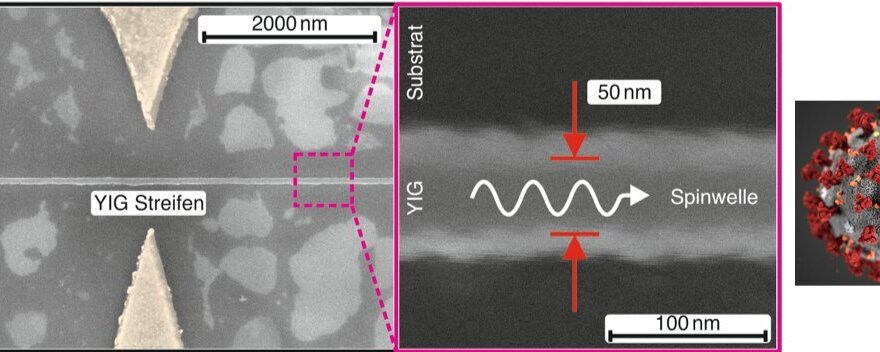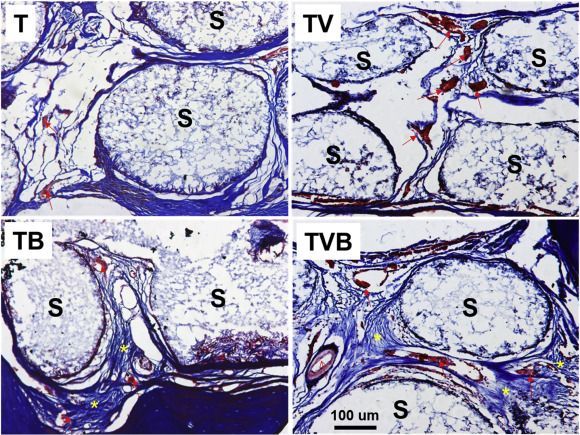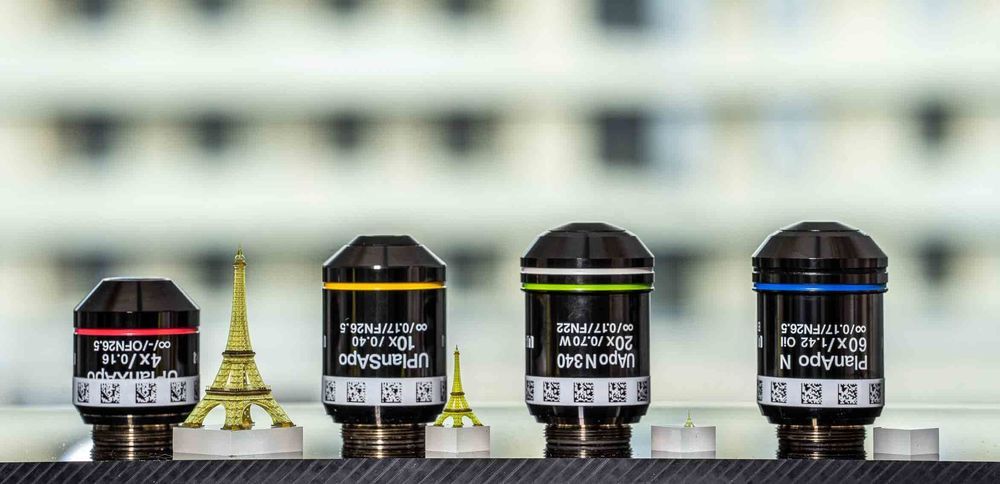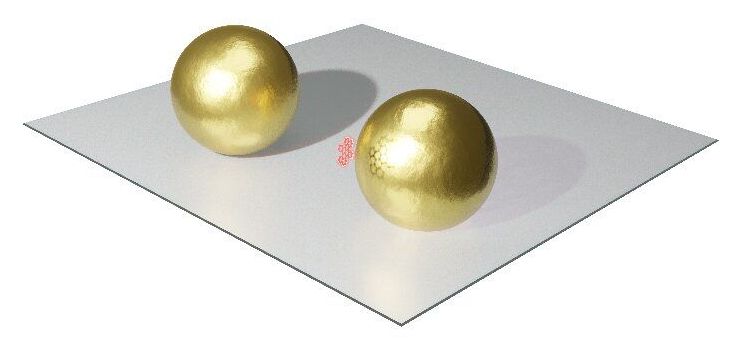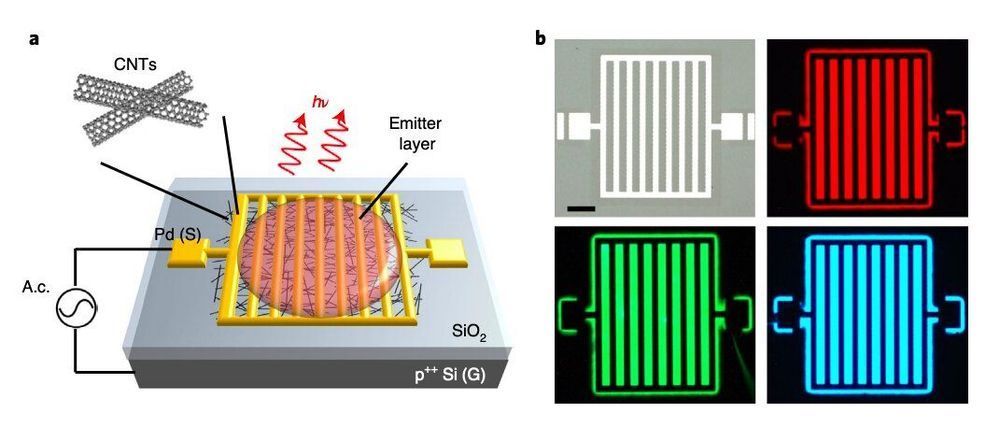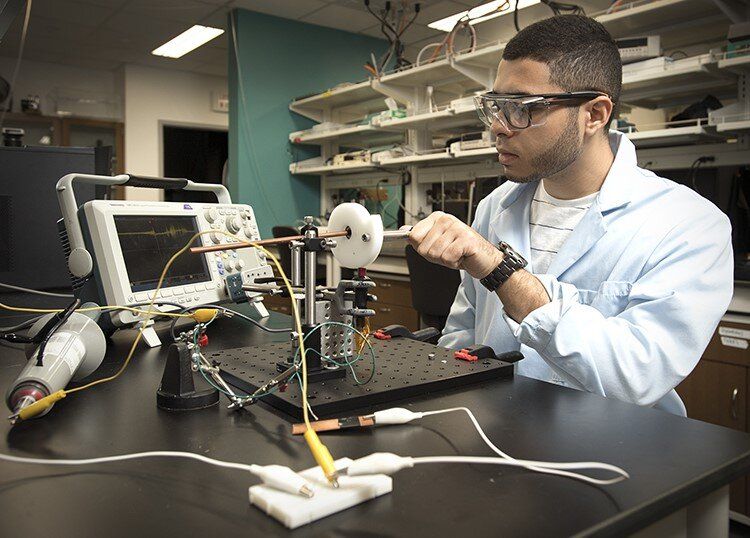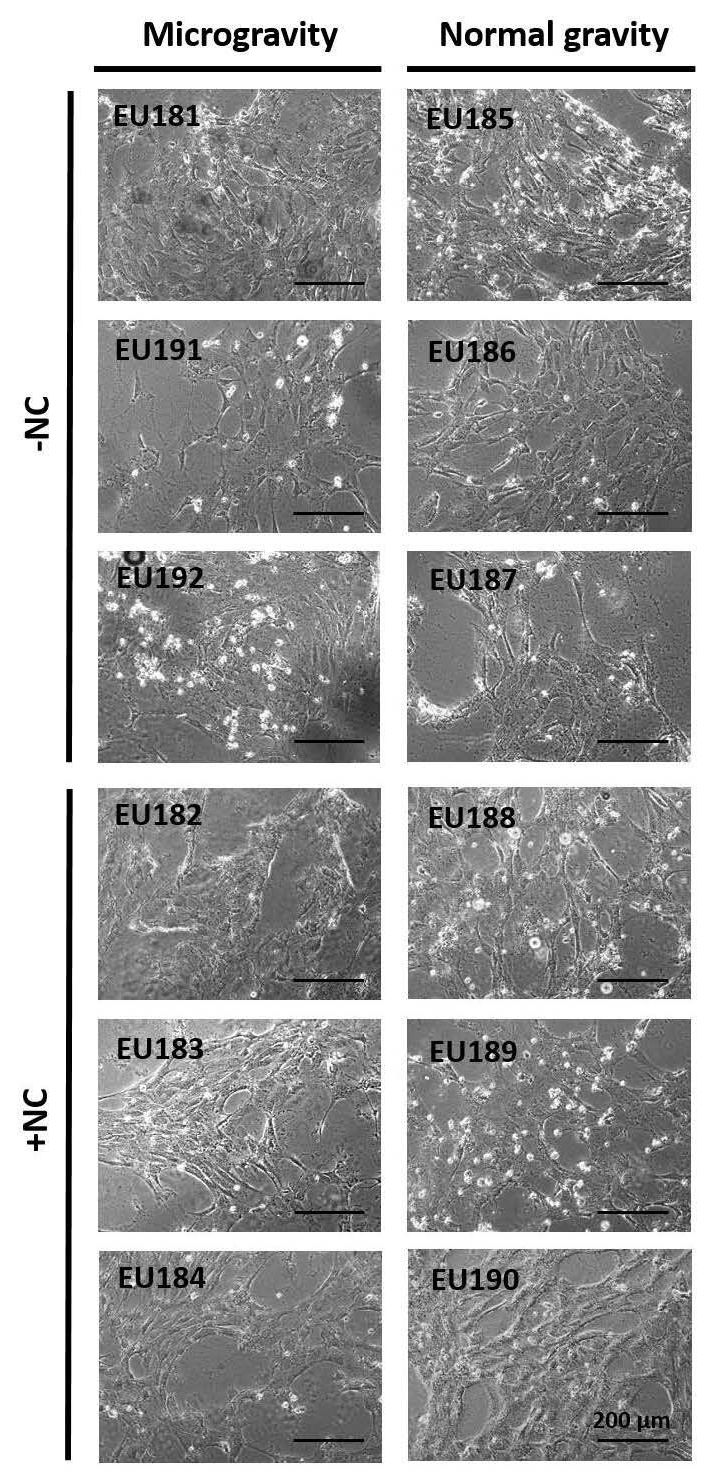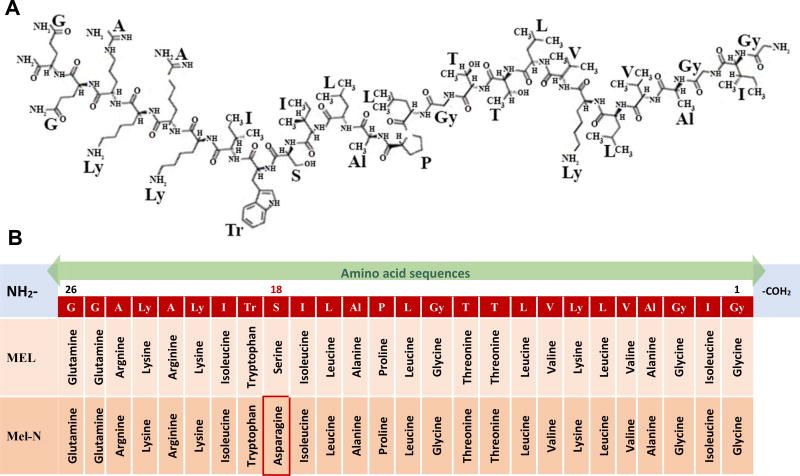o,.o.
Magnetism offers new ways to create more powerful and energy-efficient computers, but the realization of magnetic computing on the nanoscale is a challenging task. A critical advancement in the field of ultralow power computation using magnetic waves is reported by a joint team from Kaiserslautern, Jena and Vienna in the journal Nano Letters.
A local disturbance in the magnetic order of a magnet can propagate across a material in the form of a wave. These waves are known as spin waves and their associated quasi-particles are called magnons. Scientists from the Technische Universität Kaiserslautern, Innovent e. V. Jena and the University of Vienna are known for their expertise in the research field called ‘magnonics,’ which utilizes magnons for the development of novel types of computers, potentially complementing the conventional electron-based processors used nowadays.
“A new generation of computers using magnons could be more powerful and, above all, consume less energy. One major prerequisite is that we are able to fabricate, so-called single-mode waveguides, which enable us to use advanced wave-based signal processing schemes,” says Junior Professor Philipp Pirro, one of the leading scientists of the project. “This requires pushing the sizes of our structures into the nanometer range. The development of such conduits opens, for example, an access to the development of neuromorphic computing systems inspired by the functionalities of the human brain.”
